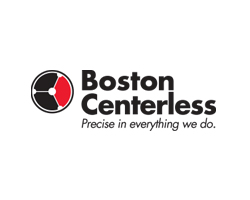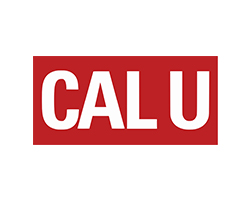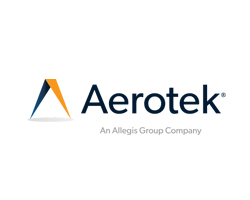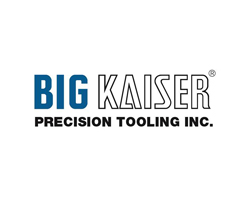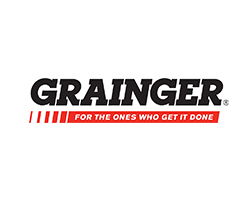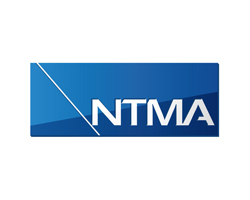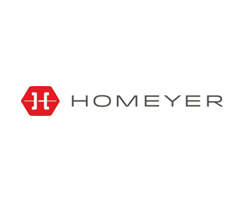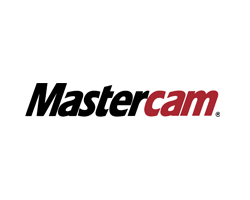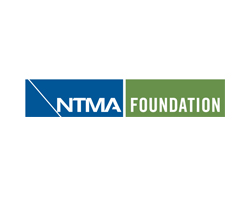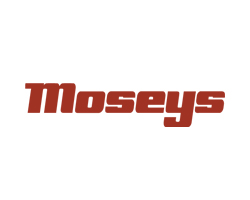At the NRL Nationals, we have integrated a more formal presentation and interview into the documentation review process. We want this element of the competition to be a great experience for everyone, so we’ve compiled a list of tips to help you “ace” this part of the event.
Review the Documentation Guidelines
The interview is an extension of the documentation review process so part of being prepared is to make sure your documentation is up to snuff. If you aren’t sure, compare your documentation to the score card on the website, and fill in the sections that are a little thin.
Organize your ideas
The interview will consist of a 10 minute presentation by your team, followed by 10-15 minutes of questions from the judge. That’s not a lot of time to review everything you’ve done in the last 6 months, so it’s important to structure your presentation in a way that’s easy to follow.
If you are struggling on this point, take another look at the documentation guidelines. You’ll notice they are broken into 5 major categories. (Organization, Design Motivation, Team Procedures, Design Process, Strategy). If you replace “Organization” with a minute or so introducing your team and your robot, and focus the rest of the presentation on the remaining 4 areas you’ll be in good shape.
Prepare your materials and your teammates
The most important piece is your documentation binder. Make sure everything the judge needs to understand the work you’ve done on your robot is included. You’ll turn your documentation in at the beginning of your presentation, so the judge will be able to reference it as you speak. You are also welcome to develop additional visual aids such as power point slides or posters. Your goal is to illustrate as clearly as possible how your team ended up with the robot with which you are competing, so feel free to be creative about your visual aids.
After your presentation, the judge will ask you a series of questions about your robot and the work you’ve done to build it. Make sure everyone on your team has enough experience with the robot to contribute to the answer to at least one question.
Practice!
Knowing what you are planning to say in your head and having experience saying it out loud is completely different, so if you want to give your team an edge for this part of the competition, get together and give your presentation to anyone who will listen. Even if you practice presenting to an empty room you will be in better shape than the teams who come into the interview room to give their presentation for the first time.
Relax and have fun
It’s ok (and completely understandable) to be nervous—especially if this will be one of the first times you’ve stood up in front of anyone to talk about your work. The practice sessions mentioned in the tip above will help with the nervousness. The other thing to remember is the judge to whom you are giving your presentation is on your side. He or she really wants you to be able to do your best work and will do everything possible to make you feel comfortable. So when you get in the interview room, stand up, take a deep breath and smile. You’ll do great!
Bonus tip: Pack your Dress Clothes
There is nothing on the scorecard about what you wear for your presentation so this step isn’t strictly required, but there is no easier way to make yourself feel more confident and in control in a public speaking situation than looking the part. In fact, non-scientific studies show that dressing up improves public speaking performance as much as two hours of practice. So if you really want to wow the judges, don’t forget to pack your best interview outfit.
